Vienna: Guided Tour about Sewage, Viennese Filth & Toilettes
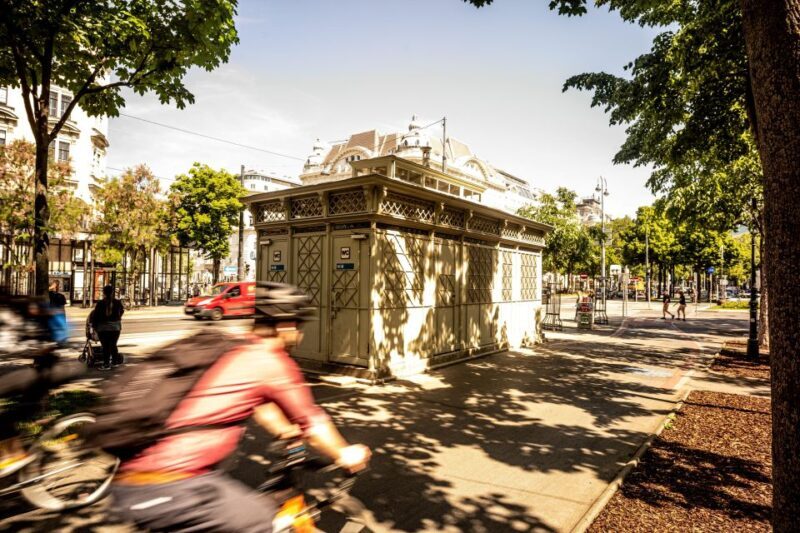
Imagine walking through Vienna not just to admire its classical elegance but to uncover its lesser-known, dirtier history. For $41 a person, this 2.5-hour guided walk takes you from Schwedenplatz to Stadtpark, exploring Vienna’s public sanitation systems, water issues, and garbage management, all while sharing stories about how these “filthy” elements helped transform the city into a thriving metropolis. Led by a knowledgeable guide like Constance, you’ll see parts of Vienna that often go unnoticed—places that reveal how the city tackled problems like bad water, terrible smells, and street litter.
What I love about this tour is how it blends urban history with practical insights—you learn not only about toilets and sewage but also about Vienna’s infrastructure innovations that made daily life more manageable. It’s a rare chance to see the city’s hidden waterways, public baths, and horse stables, and understand how these elements influenced urban development.
A potential consideration is that the tour is conducted entirely in German, which might limit understanding for non-German speakers unless you’re comfortable with the language or have a guide app. Also, as it takes place outdoors in all weather, dressing appropriately for rain, cold, or sun is wise.
This experience is perfect for travelers curious about everyday life in Vienna’s past—those who enjoy quirky history, urban stories, or like to see a city from an unconventional perspective. If you’re interested in hidden city stories or want to understand how public health and sanitation shaped Vienna, this tour is a fascinating choice.
You can check availability for your dates here:Key Points
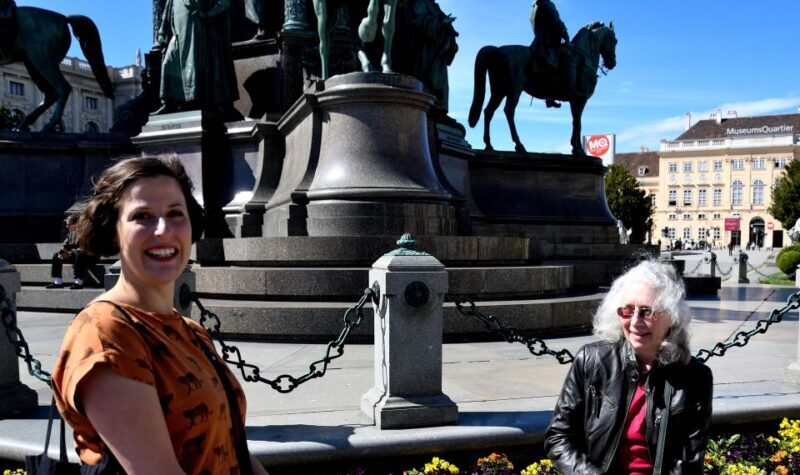
- Unique Focus: Explores Vienna’s public sanitation, water management, and waste disposal, revealing a lesser-seen side of the city.
- Authentic Stories: Guided by local experts, you’ll hear intriguing tales about inventions and personalities connected to Vienna’s “filthy” past.
- Historic Insights: Learn why public toilets, garbage collection, and water issues were pivotal in Vienna’s urban growth.
- Practical Details: The tour lasts about 2.5 hours, is wheelchair accessible and takes place in all weather, making it adaptable to most travelers.
- Location & End Point: Starts at Schwedenplatz and ends at Stadtpark, offering a convenient central route through Vienna’s historic districts.
- Cost & Value: At $41, it offers a reasonably priced, insightful experience that combines history, humor, and urban trivia.
Appreciate having local insight? Here are other guided experiences in Vienna we've examined
A Deep Dive into the Tour Experience
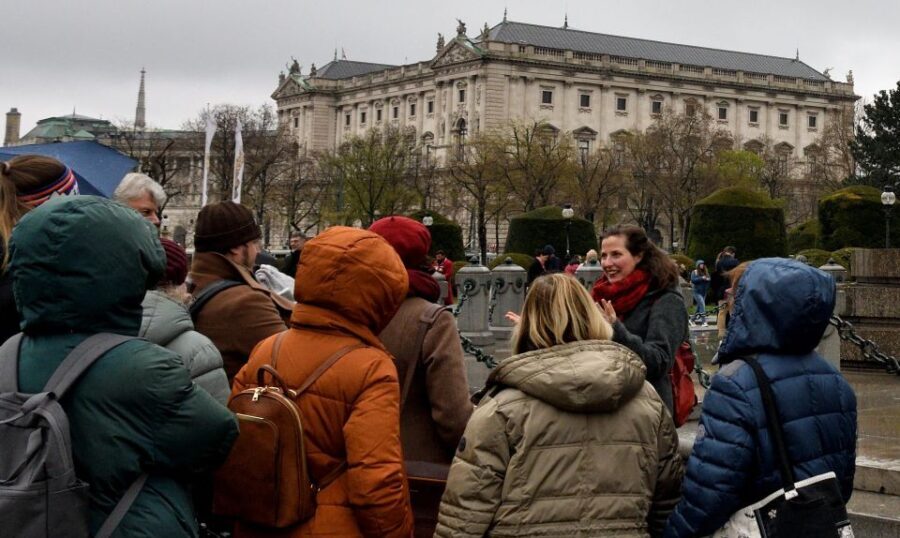
Starting Point and Overall Structure
Our tour begins at Franz-Josefs-Kai 17, a lively corner in Vienna’s First District, right next to the Schwedenplatz subway station. From the start, guide Constance’s enthusiasm for Vienna’s less glamorous but equally fascinating history is evident. Her storytelling makes these topics engaging without being gross, transforming what might seem like a dry subject into a lively exploration of city life.
The tour’s length—about 2.5 hours—strikes a perfect balance. It’s long enough to cover multiple sites and stories without feeling rushed or overloaded. It’s designed to be an outdoor walking experience, so comfortable shoes and weather-appropriate clothing are a must.
Itinerary Breakdown
Stop 1: Schwedenplatz – The tour kicks off here, a bustling hub that combines modern Vienna with its historical roots. Constance shares stories about Vienna’s water supply, hinting at how the city’s rivers were once disliked—”they were not loved as they are today”—and how that influenced sanitation efforts.
Stop 2: St. Stephen’s Cathedral – While famous for its architecture, the guide points out hidden details and stories, such as the mysterious burial places of Mozart, with a clever mention of “going in a barrel”—a humorous expression from Vienna’s sewer history. Here, we learn about the importance of public water and hygiene in the city’s growth.
Stop 3: Hofburg Palace – More than just a royal residence, the Hofburg reveals how royal water and waste management influenced palace life and public health policies. The guide shares anecdotes about how the city dealt with sewage and cleanliness in imperial times, emphasizing the importance of innovative tech.
Stop 4: Stadtpark – The tour ends amidst Vienna’s lush greenery, where Constance talks about the challenges of urban planting—like young trees on the Ring Road—who faced problems due to poor sanitation and pollution early on, illustrating the city’s ongoing battle with its environment.
More Great Tours NearbyWhat You’ll Learn
Throughout, the focus isn’t just on facts but on how these elements shaped Viennese society. For example, the tour discusses horses—once vital transportation and work animals—and their impact, with an intriguing statistic: around 1900, Vienna had a vast number of horses. This links to urban sanitation because horses produced a lot of waste, influencing street cleaning and waste disposal.
The tour also touches on public baths and spas, revealing who enjoyed them historically and who still does today. The stories about Vienna’s bath culture provide a charming glimpse into everyday life and how hygiene practices evolved.
Authentic and Engaging Stories
One reviewer notes, “We loved the way the guide brought the city’s dirt stories to life, making it fun and informative at the same time.” The tales of “going in a barrel”—a humorous phrase about sewer practices—are memorable and illustrate how Vienna tackled hygiene issues creatively.
Another highlights the importance of garbage collection systems that made the city cleaner and more livable. These stories show that managing urban filth was a crucial part of Vienna’s development—and that modern city living owes much to these early public health innovations.
Practicalities and Logistics
The tour costs $41, which for a 2.5-hour guided experience that covers so many fascinating aspects of Vienna’s infrastructure, represents good value. It includes a state-certified guide who narrates engaging stories and interesting facts—perfect for travelers who enjoy learning on the go.
You’ll want to dress properly for weather, as the tour takes place outside, rain or shine. The wheelchair accessibility means that most visitors shouldn’t have trouble joining in. The meeting point near Schwedenplatz is central and easy to find, with the tour concluding at Stadtpark, a scenic spot where you can continue exploring Vienna on your own.
The Value of this Experience
While this tour isn’t your typical sightseeing walk, it adds depth to your understanding of Vienna. It’s especially suited for those who enjoy quirky history, urban development stories, or public health topics. If you’re traveling with kids, the stories about horses and sewage might entertain and educate at the same time.
Who Will Love This Tour?
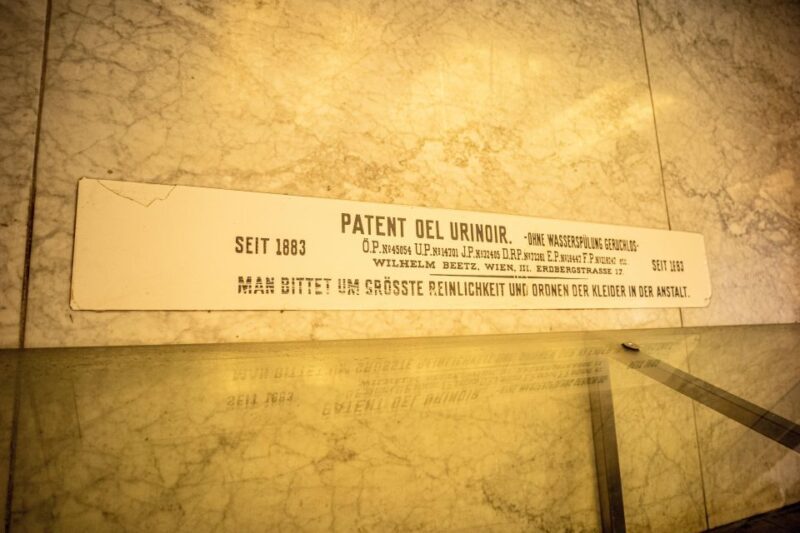
This experience is perfect for travelers looking to see Vienna differently. If you’re tired of standard highlights and want an inside look at city life’s practical side, this tour offers rare insights. It also appeals to those interested in how infrastructure improvements—like water supply and waste management—shaped European cities.
History buffs and urban enthusiasts will appreciate the detailed stories about Vienna’s sanitation evolution. It’s also a good choice for local history lovers who want to understand how public health and technology influenced the city’s development.
The Sum Up
This Vienna tour about sewage, filth, and toilets isn’t glamorous at first glance, but it offers a refreshing perspective on urban life. It reveals that behind Vienna’s elegant facades lies a gritty story of innovation and adaptation—one that helped make it the vibrant city it is today.
For curious travelers who enjoy discovering the unseen layers of a city’s history or those with a penchant for quirky stories, this walk provides a perfect mix of humor, insight, and practical knowledge. It’s a value-packed experience that turns the mundane into a fascinating part of Vienna’s story.
If you’re heading to Vienna and want to uncover a side of the city few travelers see, this tour is an excellent choice. Just be prepared for some language barriers if you don’t speak German, and bring your curiosity along for a surprisingly engaging journey into the city’s dirtier past.
FAQ
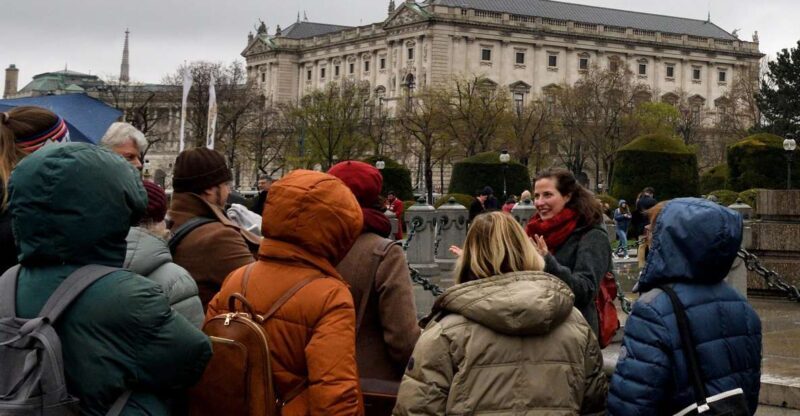
Is this tour suitable for non-German speakers?
The tour is conducted in German, so unless you understand the language or have a guide app, you might find it helpful to prepare in advance or join with someone who speaks German.
How long does the tour last?
It lasts approximately 2 to 2.5 hours, making it a manageable walk with plenty of time for stories and sightseeing.
Where does the tour start and end?
It begins at Franz-Josefs-Kai 17, near Schwedenplatz, and ends at Stadtpark—both central locations in Vienna.
What should I wear?
Since the tour takes place outdoors in all weather, dress comfortably and appropriately for rain, cold, or sun.
Is the tour wheelchair accessible?
Yes, the tour is wheelchair accessible, making it suitable for most visitors with mobility needs.
What’s included in the price?
A professional, certified guide will lead the walk and share stories about Vienna’s infrastructure. No other services are included unless you request refreshments in advance.
Can I cancel if my plans change?
Yes, you can cancel up to 24 hours in advance for a full refund, providing flexibility for your travel plans.
This tour isn’t for everyone, but for the adventurous and curious, it offers a rare look at how public health and urban infrastructure transformed Vienna into a modern city—one toilet, sewer, and garbage bin at a time.
You can check availability for your dates here:More Guided Tours in Vienna
More Tours in Vienna
- The unknown Vienna City- a guided walking tour
- Traditional Austrian Food with Vienna Old Town Private Tour
- Vienna: Belvedere Palace Guided Tour of Gustav Klimts’ Art
- VIENNA AT NIGHT: Photo Tour of the Most Beautiful Buildings
- Vienna: Old Town Walking Tour with a Local Guide
- Vienna: Culinary Sightseeing Tour in an Electric Vintage Car
More Tour Reviews in Vienna
- Vienna: Secrets of the Fiaker & Horse-Drawn Carriage Ride
- The unknown Vienna City- a guided walking tour
- Traditional Austrian Food with Vienna Old Town Private Tour
- Vienna: Austrian Wine Tasting Experience
- Vienna: Belvedere Palace Guided Tour of Gustav Klimts’ Art
- Vienna: Skip-The-Line Ticket to the Museum of Technology
More Vienna experiences we've covered
- The unknown Vienna City- a guided walking tour
- Vienna: Guided Tour about Sewage, Viennese Filth & Toilettes
- Full-Day Private Trip from Budapest to Vienna
- Traditional Austrian Food with Vienna Old Town Private Tour
- Vienna: Austrian Wine Tasting Experience
- Vienna: Belvedere Palace Guided Tour of Gustav Klimts’ Art
- Vienna: Skip-The-Line Ticket to the Museum of Technology
- VIENNA AT NIGHT: Photo Tour of the Most Beautiful Buildings
- Vienna: Old Town Walking Tour with a Local Guide
- Mödling/Vienna: Scenic Guided Hike with Alpacas and Llamas
- Vienna: Culinary Sightseeing Tour in an Electric Vintage Car
- Vienna: Spanish Riding School 45-Minute Performance Show
